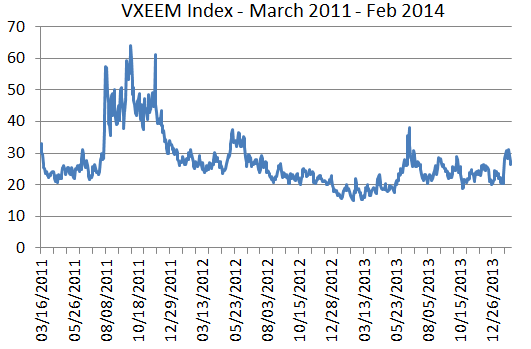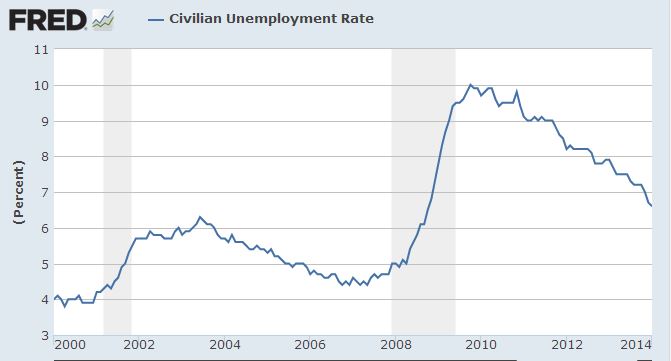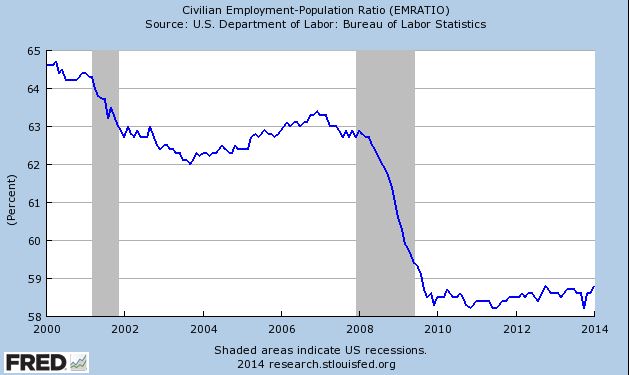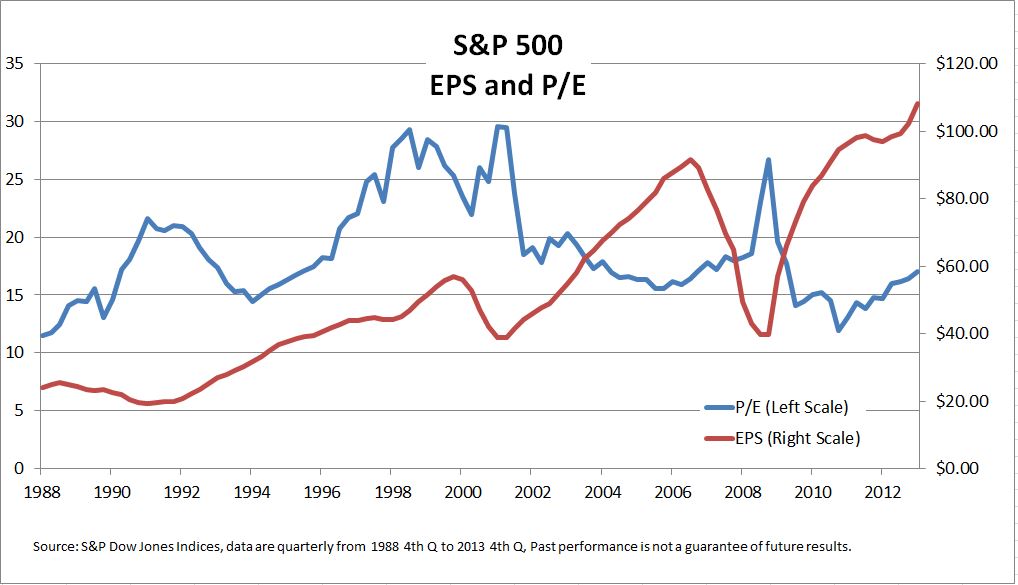- The S&P/BGCantor U.S. Treasury Bond Index finished last week slightly down -0.02% after the market traded up at the end of the week in reaction to the Nonfarm Payroll number. This January indicator of employees on business payrolls (113k) disappointed expectation of 180k giving bond prices an upward push after three days of declines.
- Treasuries prices are slightly up for the start of the week, Tuesday will open with the new Federal Reserve Chairman, Janet Yellen, presenting to Congress for the first time in her role. The markets will listen to learn more about her thinking and how the Fed will communicate its approach to monetary policy. In addition to a Congressional hearing, economic numbers scheduled for this week such as Wholesale Inventories (0.5% expected), MBA Mortgage Applications (0.4% prior), Retail Sales (0.0% expected), Initial Jobless Claims (330k expected) and the University of Michigan Confidence number (80.4 expected) will all point to if the U.S. economy is continuing to progress forward or stalling.
- The S&P U.S. Issued Investment Grade Corporate Bond Indexclosed last week up 1.95% year-to-date. On the month, Health Insurers and Health Care Facilities like Ohio National Financial Services and, The City of Hope, and The Mayo Clinic are leading the way. On the downside, Electrical Utilities which account for 6% of the index are down -0.02%.
- The S&P/LSTA U.S. Leveraged Loan 100 Indexis down -0.04% month-to-date. Names like Laureate Education Inc., TXU Corp., and Cengage Learning have moved this index lower on the month. In high Yield as measured by the S&P U.S. Issued High Yield Corporate Bond Index, the index is up slightly at a 0.22% for the month. Year-to-date the index is up 0.98%, though investment grade’s year-to-date return of 1.95% is out shining high yield as investors who have been chasing yield move back up the credit rating scale.
Data as of February 7, 2014 | Leverage Loan data as of February 9, 2014
The posts on this blog are opinions, not advice. Please read our Disclaimers.
















































